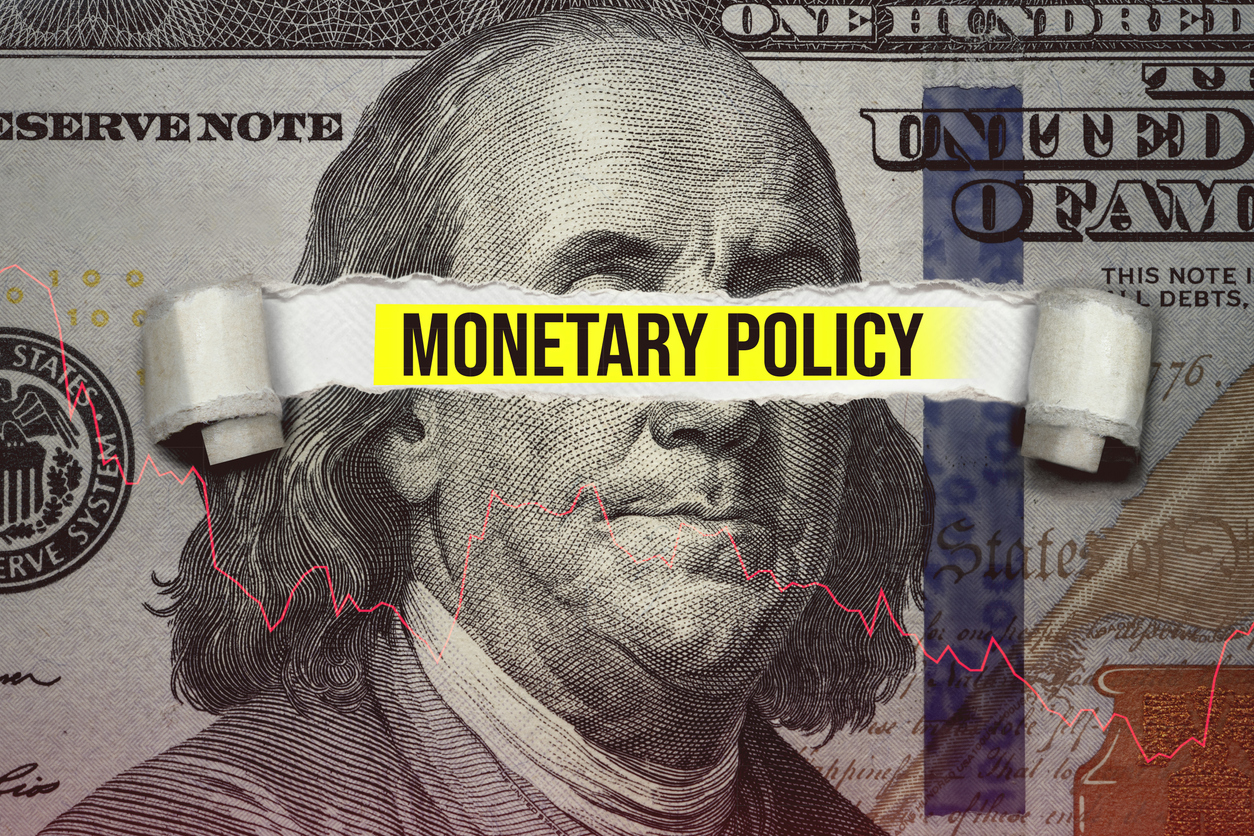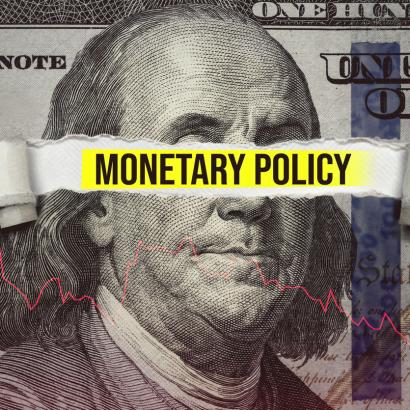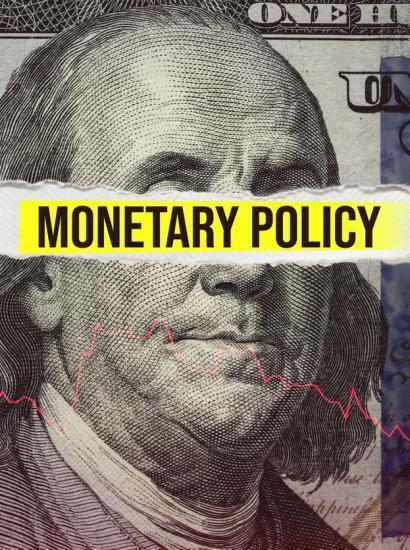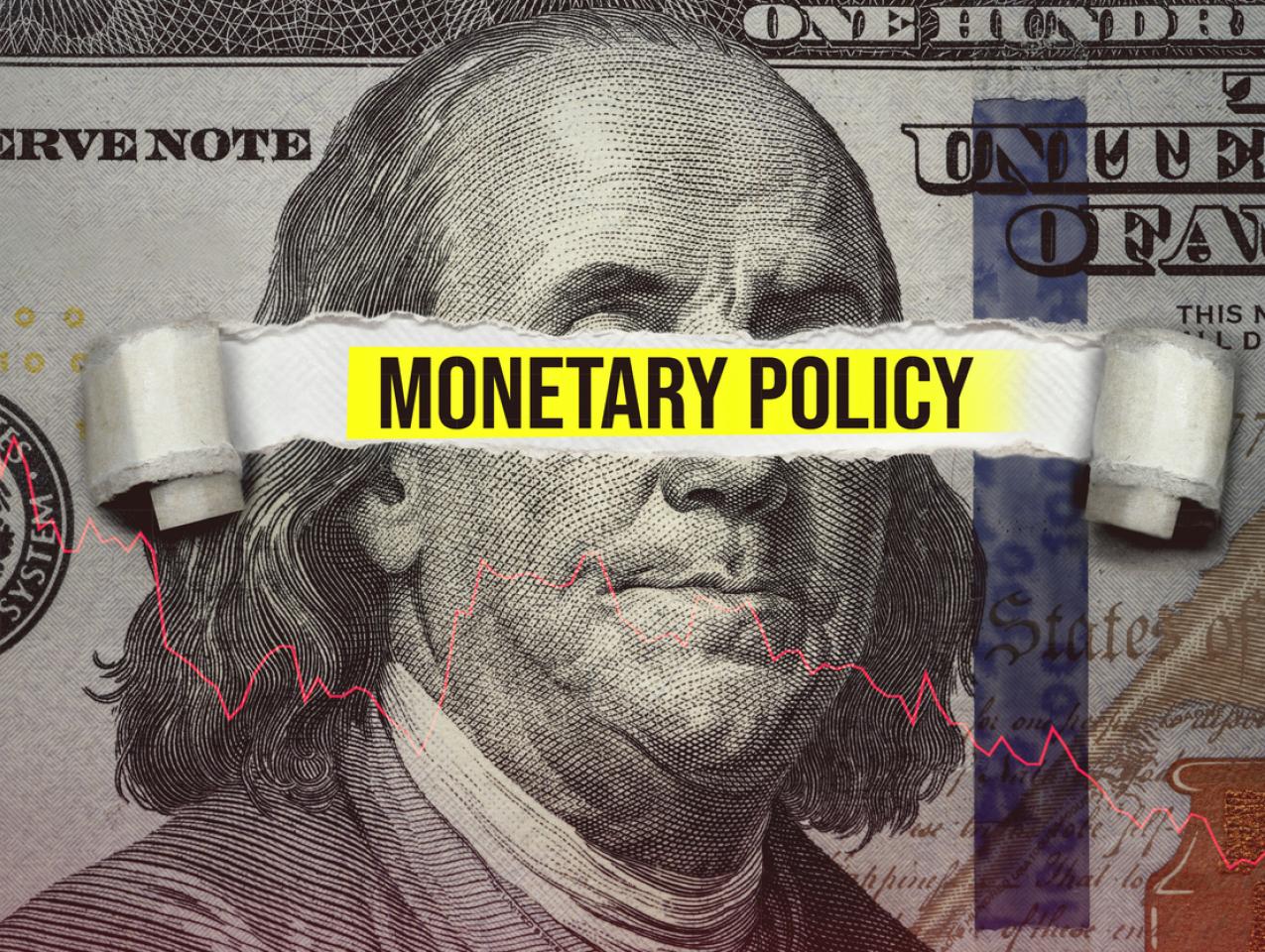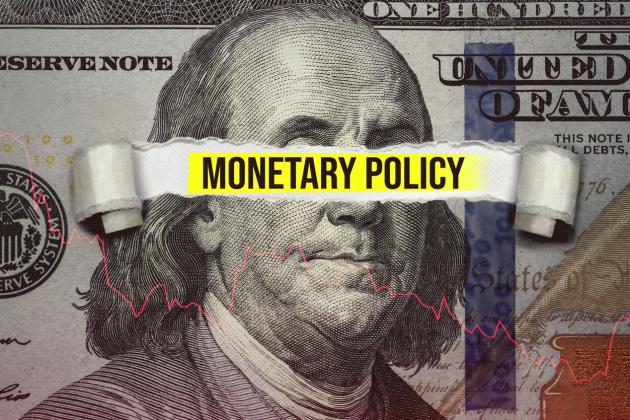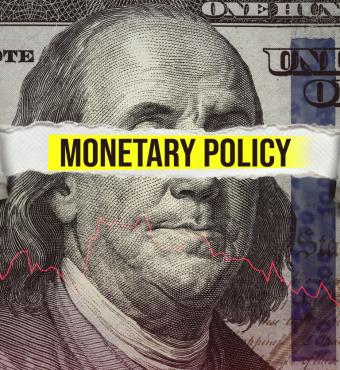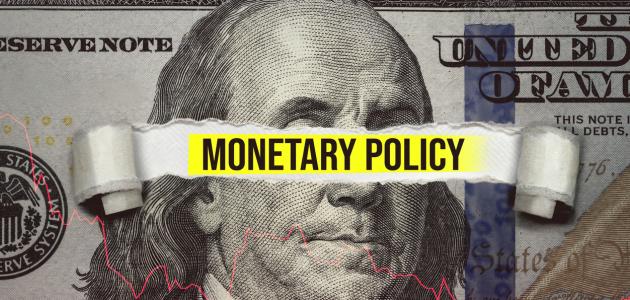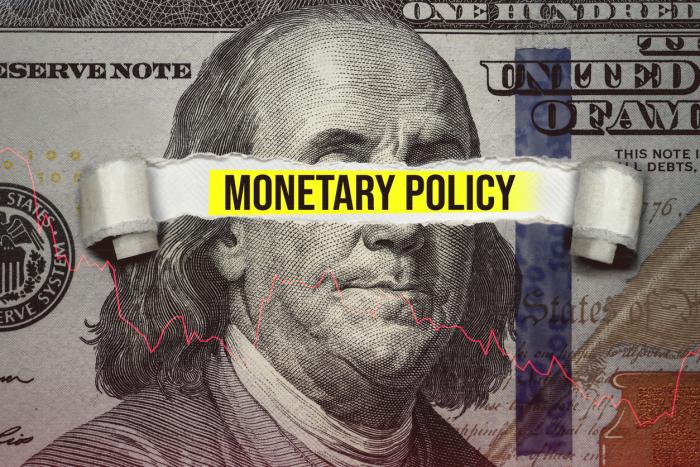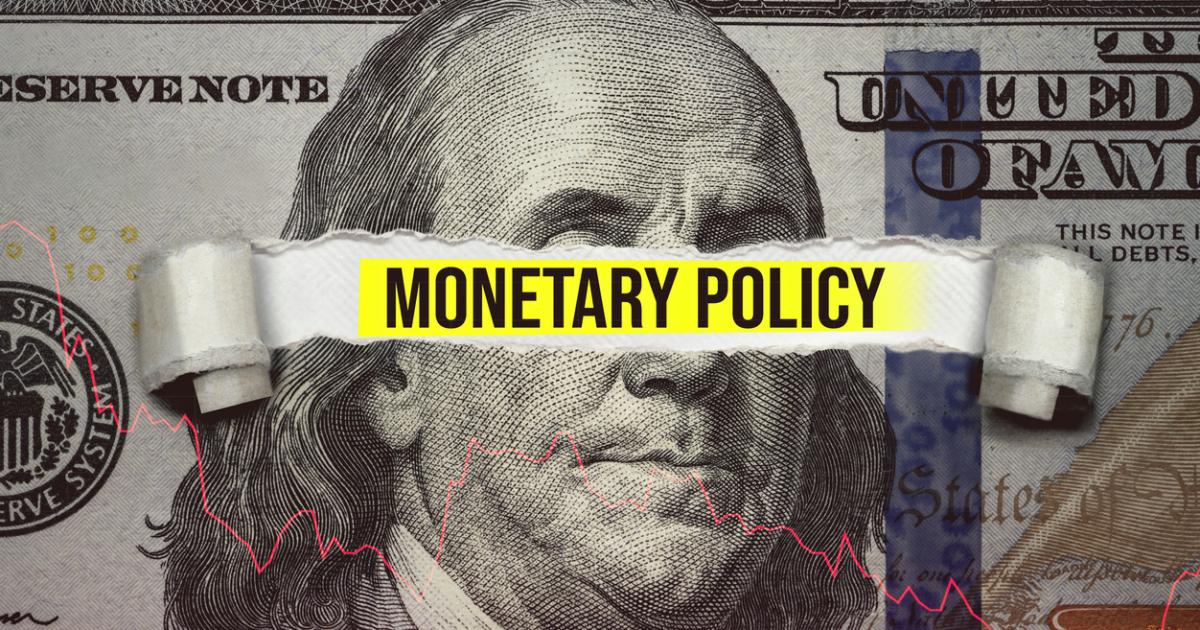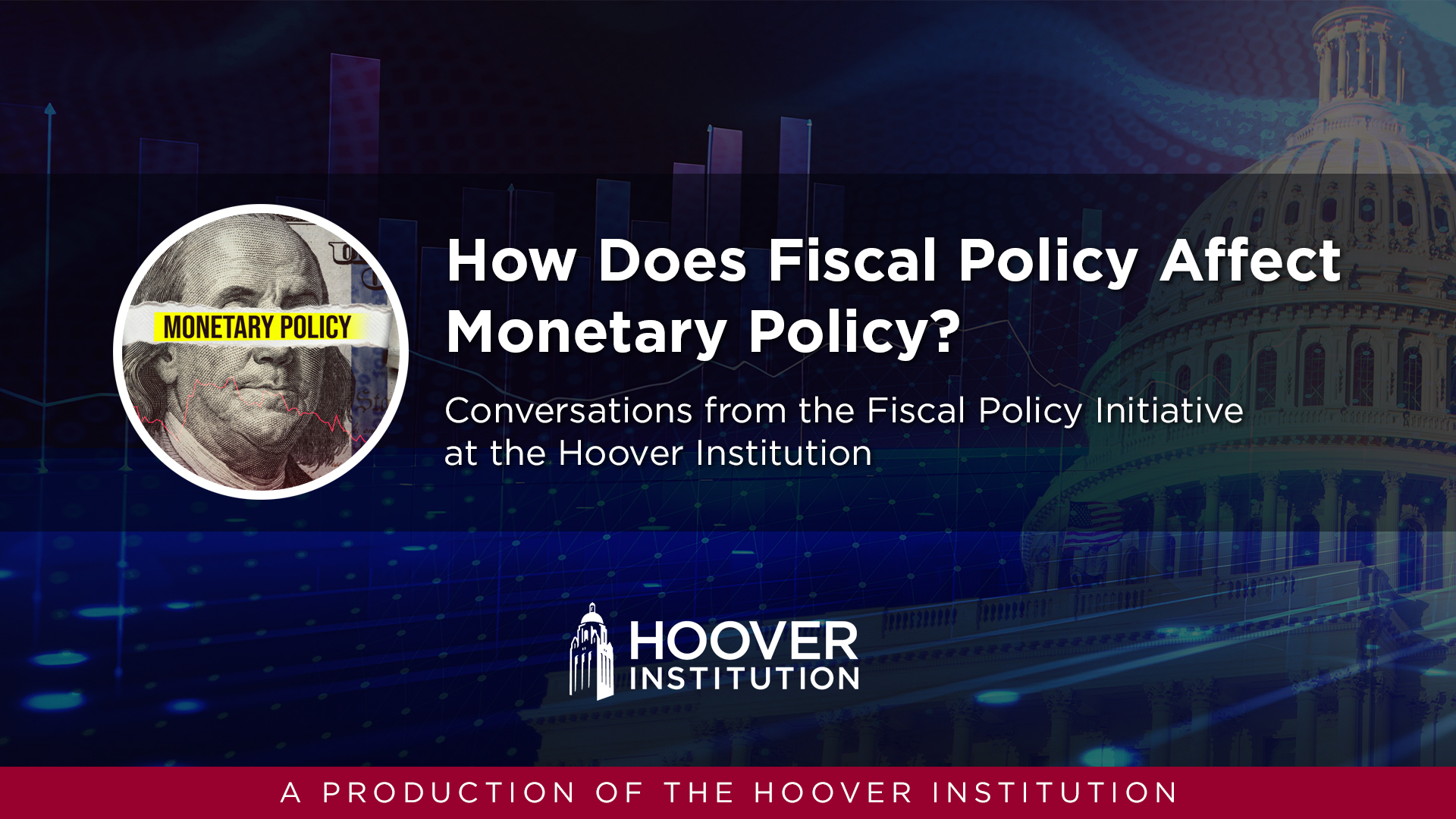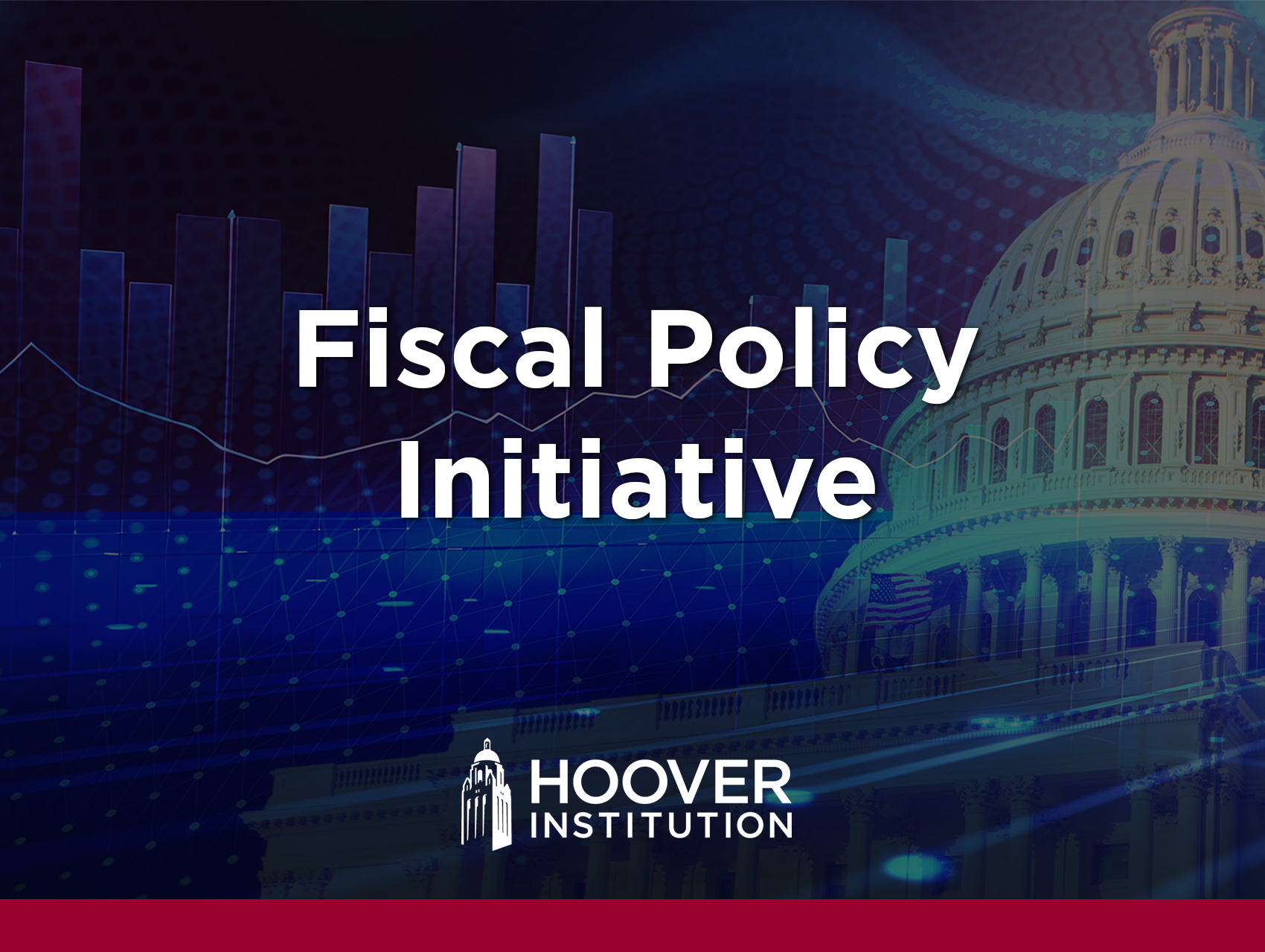- Answering Challenges to Advanced Economies
The COVID-era inflation directly resulted from the government borrowing and printing $5 trillion while handing out checks, demonstrating how fiscal and monetary policies are always coordinated despite appearing separate. The large national debt severely constrains the Federal Reserve’s ability to fight inflation by raising interest rates, creating a fiscal inflationary cycle unless Congress raises taxes or cuts spending. Any future debt crisis would cause a double catastrophe by collapsing both the financial system and government simultaneously, with no external entity available to bail out the United States as Germany did for Greece.
Learn more about the launch of the Hoover Institution’s Fiscal Policy Initiative.
WATCH THE VIDEO
>> John Cochrane: We just had a big bout of inflation and where did it come from? There's not really clear answers coming out of the Fed other than some sort of shock hit us. The answer is perfectly obvious if you look at it. During and after Covid, our government borrowed and printed about $5 trillion of money and gave people checks.
Well, you borrow and print $5 trillion of new money and hand out checks, you're going to get inflation. Everybody tries to buy stuff and prices go up. We haven't really faced that fact that the combination of fiscal and monetary policy almost deliberately created inflation and will do so again if faced with the same situation.
That remains a very likely possibility in the next crisis as long as we don't face the decisions that were made in the last crisis to meet it with a river of money and artificially low interest rates.
>> Hanno Lustig: In modern economies, typically the central bank is independent. And so it's sort of tempting to think that the central bank is taking care of monetary policy.
And what it does has no impact on fiscal policy because that's done over at the Treasury. And so these two things, it's tempting to think of them as distinct and separate but in reality, what we've learned from hundreds of years of economic history is that monetary and fiscal policy are always coordinated, sometimes in obscure ways.
And this is a phrase that I'm borrowing from a Nobel Prize winning economist, Tom Sargent. And so the way one ought to think about this is that they're really always in sync and coordinated, but there's different types of coordination that can arise.
>> John Cochrane: So what about risks to the financial system?
Our financial system right now is predicated on the notion that treasury debt is sacrosanct. So any sort of debt crisis in the U.S would bring down the financial system along with the government and everything that hinges on it, a double catastrophe and there's no one to bail us out.
When Greece had a debt crisis, its banks went down with the government, but Germany came and bailed us out, bailed Greece out. There's no one to come bail us.
>> Hanno Lustig: Out when a recession hits. What central banks around the world typically do, and what the Fed typically does is the Fed lowers short term interest rates in order to stimulate economic activity, lower the cost of borrowing for firms and households, and hopefully that will bring the economic growth rate back to trend.
In the past couple of decades, what central banks have started to do is they've started to supplement their toolbox by using some new tools. For example, they've started to do what they call large scale asset purchases. Typically, what that means is that the central bank will buy bonds issued by the national government.
So for example, in the case of the U.S. the Fed would be buying Treasuries that are issued by the US Treasury. If you go back to Covid, the US government spent an additional 20% of GDP as a result of that, it had to issue a lot of new Treasuries.
A significant fraction of that issuance was absorbed by the Federal Reserve as part of its large scale asset purchases.
>> John Cochrane: The debt also hangs over the Federal Reserve. When inflation breaks out, we count on the Fed to raise interest rates in order to tamp down that inflation. That tool is already less powerful than many people think.
Fiscal policy and monetary policy have to work together in order to tamp down inflation. For example, when the Fed raises interest rates to try to attack inflation, that raises the interest costs on the debt. And this is a big number. So for the US right now we have 100% debt to GDP.
So if the Fed raises interest rates 1%, the treasury has to pay 1% more on its debt, just as you will have to pay 1% more on your mortgage. If you have a floating rate mortgage, which is essentially what our treasury has, 1% more GDP. That's a lot of deficit.
So if the Fed raises interest rates to stem inflation, that will pour fiscal fuel on the fire of more inflation. Unless the Congress agrees to raise tax revenue or lower spending inflation order to pay the extra interest costs on the debt and with a big debt out there and many demands on spending, it's less and less likely they'll do so.
So the Fed will face this fiscal constraint in its effort to stem inflation. The Fed will also face the banks, which if the Fed raises interest rates, the banks are all in trouble again. And the Fed and the government are going to try to bail out the banks again.
Fiscal fire fuel on the inflation fire, a higher interest rate will likely cause somewhat of a recession. The government spends more in recession. Here we go again. To say nothing of the political limits, this strong pressure there will be on the Fed not to raise interest rates for political reasons.
So the debt is one of several features that's going to make it much harder for the Fed to really aggressively fight inflation by raising interest rates.
Featuring:
- John Cochrane, Hoover Institution
- Hanno Lustig, Stanford University






